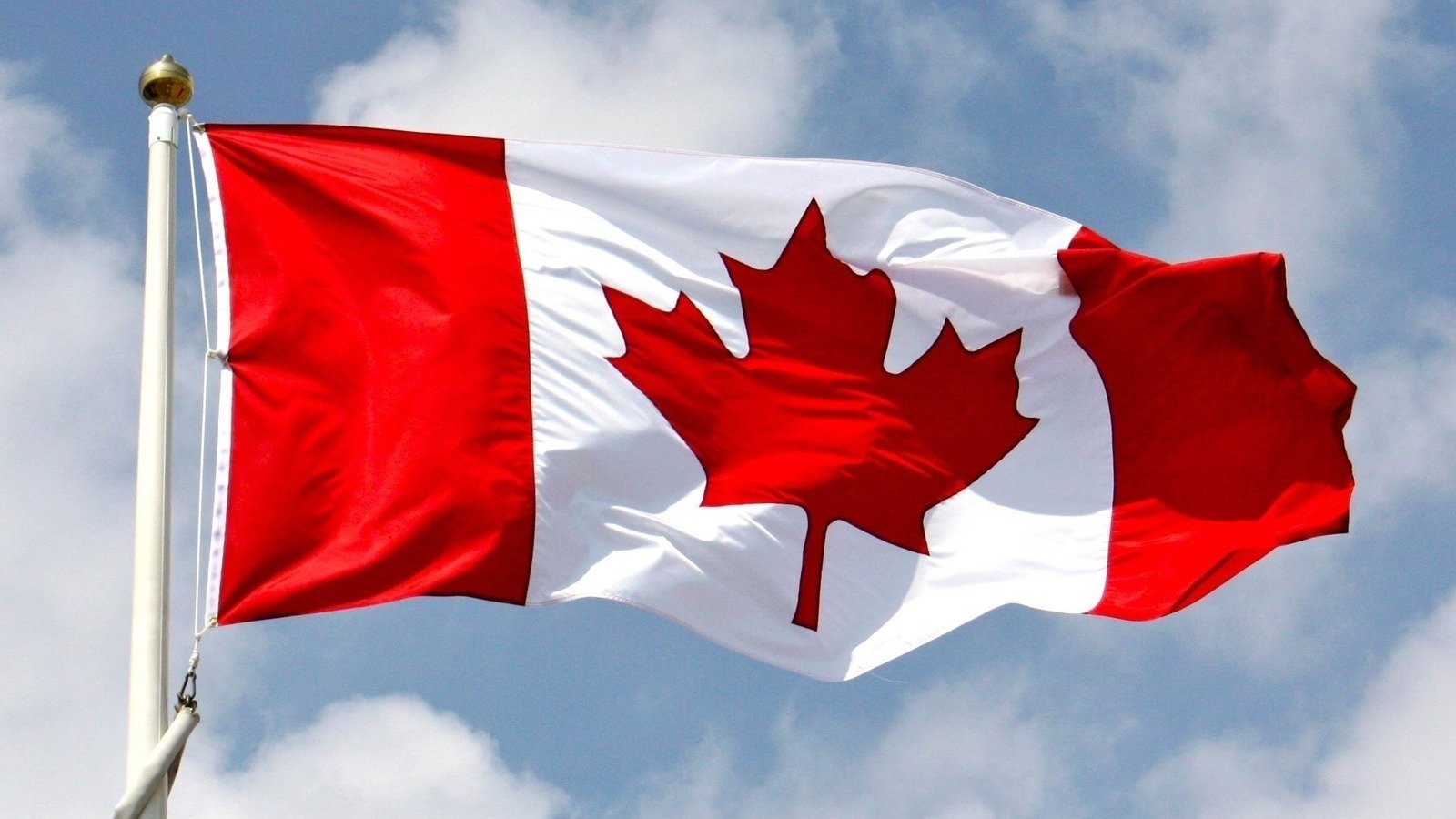Canada is the first country that US businesses should think of when they start looking at international expansion. Not only does the US share a common border, but also the culture, shared values and language are the same. With a population of 36.5 Million and a GDP per capita that is fifth largest in the world, it offers a large consumer base for American companies.
This blog post talks about product labeling, taxation, customs and supply-chain considerations that American businesses should keep in mind while importing into Canada.
Labeling requirements:
Canada is a bilingual country and you can’t sell to Canadian customers if you lack the correct labeling and translations required by law. Your product will get stuck at Canadian customs and will not be allowed into the country.
So how can you avoid having your products held hostage by customs?
Information can be obtained from the Consumer Packaging and Labelling Act and Regulations (managed by the Competition Bureau), and the Charter of the French Languages (managed by the Office de la langue Française).
Once the product is labeled correctly, there are different ways the product can be shipped to Canadian customers with different tax implications for each approach.
Option 1: Getting set up as a Nonresident Importer (NRI)
Any person or entity residing outside of Canada but wishing to import into Canada is required to become a Non-Resident Importer (NRI). An NRI is a foreign-based company, including those residing in the United States, that does not have a permanent presence in Canada but imports into Canada under their own name and business number.
You would need to be set up with the Canadian Business Number (BN), Import-Export Program Account Number and GST/HST Tax Account Number. With this, you can import into Canada without any issues.
The benefits of this approach are that you can be the Importer of Record (IOR) for your products into Canada. The process of getting set up as a Nonresident Importer is relatively quick and not very expensive.
You are liable for taxes in Canada. However, the only taxes that you are responsible are the sales tax in the different provinces. You not responsible for any corporate or income tax. Another beautiful thing about the GST/HST tax is that it is a “pass-through” tax. This means that the end consumer is responsible for all the GST/HST tax and the GST that the company pays at import is returned to you. This leads to zero tax liability for the company.
Here is a brief overview of the Canadian sales tax system:
Canadian tax regime is based upon both provincial sales taxes and a federal sales tax. Each province has had the option of retaining its Provincial Sales Tax (“PST”) system alongside the federal Goods and Service Tax (“GST”) or joining the national harmonized sales tax system (“HST”).
Canada has 13 provinces and territories. 9 of these fall under the he federal government levy of a Value-Added Tax (GST/HST). In addition, there are four provinces levy a provincial retail sales tax – Saskatchewan (PST), British Columbia (PST), Manitoba (RST) and Quebec (QST). Companies will have to register for the federal GST/HST program as well as the provincial sales taxes in British Columbia, Manitoba, Quebec and Saskatchewan
Option 2: Setting up a Canadian tax entity
If you already enjoy a large volume of business, you will have more control over your office, customer service staff, and local fulfillment by setting up your operations in Canada.
In addition to the local laws and business partners you must work with, you must think about overhead costs, HR matters, and corporate income, local and state taxes. This should be done only if you have enough business volume to justify the entity set up and tax compliance costs.
Once you have decided the relevant option to import into Canada, it is important to understand how Canadian customs works.
Custom duties:
Most imported goods are subject to GST tax at a rate of 5 percent. If duty is applicable, duty is added to the value of the goods and that is the amount that tax is charged on (essentially, you also pay tax on duty). It is your responsibility to comply with all Canada Customs laws and regulations, including applicable duty and tax requirements.
The path forward
Canada offers plenty of opportunity for American businesses seeking growth in new markets overseas. Hopefully, this discussion on compliance, customs, and various paths to setting up shop will encourage you to find your place in Canada’s business landscape.
Getting started
This guest blog post was written by Munish Gupta from Supply Chain Advisory Group. Need help with your logistics and tax setup for Canada? Contact Munish Gupta at munish@sc-advisory.com if you need help with product labeling, customs clearance, or most importantly, finding a local agent to be the importer of record.


